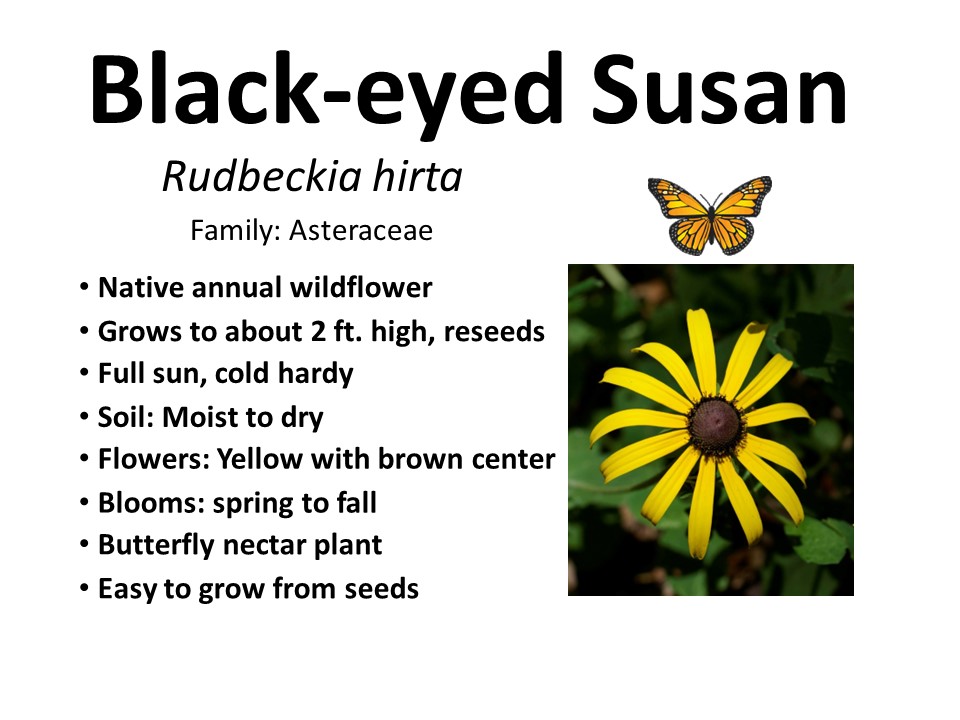Extension Educational Programs to Promote Biodiversity
By Tiare Silvasy
UF/IFAS Extension Hillsborough County
Hillsborough County, FL has a population of nearly 1.5 million that continues to grow by 2% per year. Urban areas have recently become the predominant land use, which have significantly impacted natural resources and biodiversity. Loss of biodiversity is a problem in both our urban and rural ecosystems (Rocus & Mazzotti, 2022). Urban landscapes present a new opportunity for efforts to protect our natural resources and biodiversity. Having a biodiverse environment with many different species of plants and wildlife provides habitat and prevents species from going extinct. Demonstration gardens help to encourage citizens to choose native plant species that provide an ecological benefit to pollinators, birds, animals, and other wildlife. Extension education can help residents learn how to select, grow, and maintain native plants in their home landscapes to increase biodiversity. Native plants that provide food and shelter can create a refuge for wildlife in resident’s backyards (Hostetler & Main, 2010).
In this study, the UF/IFAS Extension Hillsborough County set up native plant demonstration gardens in local county parks to educate residents about the importance of selecting native plants and encouraging them to add them to their home landscapes. Demonstration gardens, educational classes, and social media were used to inspire behavior change and encourage the public to plant more native species in their landscapes. In 2023, two educational gardens were initiated at county parks in partnership with UF/IFAS Extension Hillsborough County. The two parks were Lettuce Lake Conservation Park and Carrollwood Village Park. For both sites, funding was provided from a Viva Florida grant from the Florida Wildflower Foundation to plant a native garden. Educational signage was installed to identify the plant names and plant characteristics (Fig. 1). Two classes were taught to educate attendees about gardening with native plants and providing habitat for pollinators. Social media was used to educate the public on the ecological benefits of plants, plant/wildlife interactions, and plant species selection.

Fig. 1. Educational signage was used to help visitors learn the common name, scientific name, and characteristics of the native plants in the demonstration garden. Image credit: Tina Patterson, Florida Native Plant Society
As a result of the two garden projects, we had 230 volunteer hours from Master Gardener Volunteers (Fig. 2). We also created partnerships with the Florida Native Plant Society and Hillsborough County Parks. We planted 194 plants of 29 different species labeled with educational signage. Two classes were taught with a total of 70 participants who reported knowledge gained on right plant right place, and techniques to attract wildlife to their yards. More research is still needed to quantify the impacts of biodiversity in urban environments but could possibly lead to an increase in home values and a decrease in pesticide and fertilizer use.

Fig. 2. Volunteers help maintain the native plant garden and interact with the public at Carrollwood Village Park, Hillsborough County’s most highly visited park with over one million visitors per year. Photo credit: Tia Silvasy, UF/IFAS
Literature Cited
Rocus, D. & Mazzotti, F. (2022). Threats to Florida’s Biodiversity. UF/IFAS Extension. DOI:doi.org/10.32473/edis-sswec70-2022
Hostetler, M.E, & Main, M.B. (2010) Tips to Create Biodiverse, Urban Communities. The Journal of Extension, 48(5), Article 22. https://doi.org/10.34068/joe.48.05.22



